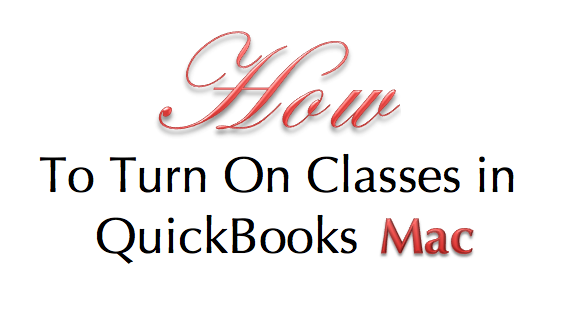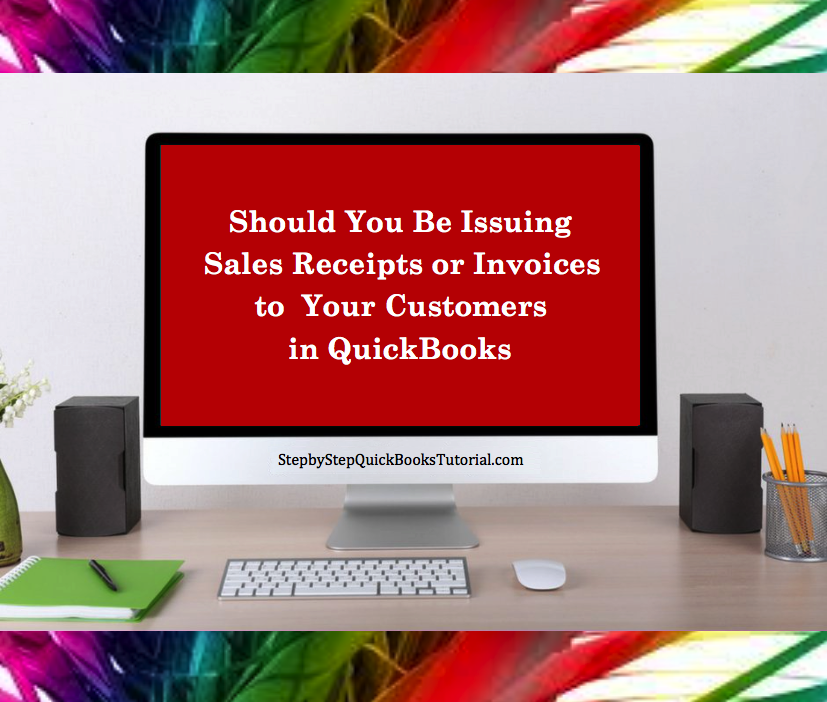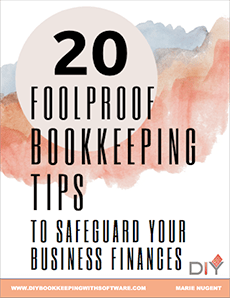by Marie | Jun 3, 2019 | Bookkeeping 101, QuickBooks Essentials, QuickBooks Online, Resources
Test QuickBooks Online Before Purchasing
QuickBooks creators are generous and they have created a mock site where you can literally try out a lot of their features and see how QuickBooks operate – if it’s a right fit – before you make your purchase. This is awesome! (The Miz style awesome:)
Here is the Sample QuickBooks Online Test Drive File that you can practice in before jumping right in to your own “real” company file. It’s a great way to get a feel of QuickBooks without fear of making a mess of your company file. It does not save any data you put in, and so you’ll need to finish any processes you are doing – in one sitting. When it refreshes, all the work you’ve done in it will be lost, and if left idle for more than 30 minutes it will log you out.
So go ahead and check it out. Let me know how it has helped you. If you have any QuickBooks questions, don’t hesitate to send me your questions.
NOTE: QuickBooks Online is available in 4 subscription options. See a list of QuickBooks Online subscription options.
FREQUENTLY ASKED QUESTIONS
ALL QUICKBOOKS OPTIONS:
by Marie | Jun 2, 2019 | Bookkeeping 101, Classes & Location, Company Setup & Management, Preferences & Customization, QuickBooks Online

There are four (4) levels of Quickbooks Online subscription: 1) Simple Start, 2) Essential, 3) Online Plus, (4) Advanced. Class tracking is only available in the Online Plus and Advanced editions.
To Turn on Class Tracking in QuickBooks Online:
Step 1. Click on the Gear icon at top right of screen (your company name) and select Account and Settings under the Your Company tab
Step 2. Click the Advanced button in the left menu bar, then click the pencil icon at Categories to edit preference.
Step 3. Check the box at Track classes (You may also want to check the box at Warn me when a transaction isn’t assigned a class)
Step 4. Click Save.
Now when you go to create your Invoices, bills, checks etc. the class option will be available for use.
by Marie | Jun 2, 2019 | Bookkeeping 101, Classes & Location, Preferences & Customization, QuickBooks for Mac

To Turn on Class Tracking in QuickBooks Mac:
Step 1. Click on QuickBooks in the top menu bar, then Preferences to open the Preferences window.
Step 2. Click on the Transactions under Workflow and check the box that says Use class tracking.
Step 3. Click Ok.
Now when you go to generate your Invoices, bills, checks, etc. the class option will be available for use.
by Marie | Jun 2, 2019 | Bookkeeping 101, Classes & Location, Preferences & Customization, QuickBooks for Windows

To Turn on Class Tracking in QuickBooks Windows – Pro, Premier, Enterprise:
Step 1. Click on Edit, then Preferences in the main menu to open the Preferences window.
Step 2. Click on the Accounting icon in the left pane of the Preferences window.
Step 3. Select the Company Preferences tab in the right pane.
Step 4. Checkmark the Use class tracking item on the Company Preferences tab.
Step 5. Click OK to close the Preferences window.
Now when you go to generate your Invoices, bills, checks, etc. the class option will be available to use.
by Marie | Mar 18, 2017 | Bookkeeping 101, Customer Setup & Management, Invoicing & Receivables, QuickBooks for Mac, QuickBooks for Windows, QuickBooks Online

Yesterday while consulting with my newest client  , the renowned owner of an upscale beauty Salon here in New York City, she asked a question that I was not expecting to hear asked. Meaning, I thought this would be something everyone knew the answer to. I mean, I did give her an answer, you know explained fully, but not before pausing and digesting it. So, I had to poll my Facebook group on this one, as I often do. Lo and behold, a whopping 68%
, the renowned owner of an upscale beauty Salon here in New York City, she asked a question that I was not expecting to hear asked. Meaning, I thought this would be something everyone knew the answer to. I mean, I did give her an answer, you know explained fully, but not before pausing and digesting it. So, I had to poll my Facebook group on this one, as I often do. Lo and behold, a whopping 68%  did not know the difference. I was wrong! I know we all have things in different fields of studies that we are not knowledgeable about but as far as the extent of common knowledge, what is and isn’t, do vary. So, in light of finding that out, I have decided to answer this specific question, “Should I be issuing customers sales receipts or Invoices in QuickBooks?” here so that others may be able to find the answer. That’s what I am about here at Step by Step QuickBooks Tutorial!
did not know the difference. I was wrong! I know we all have things in different fields of studies that we are not knowledgeable about but as far as the extent of common knowledge, what is and isn’t, do vary. So, in light of finding that out, I have decided to answer this specific question, “Should I be issuing customers sales receipts or Invoices in QuickBooks?” here so that others may be able to find the answer. That’s what I am about here at Step by Step QuickBooks Tutorial!
So, here’s the deal! If you are a business offering goods and/or services on credit to your customers, or allow for partial payments/payment deposits, then you should create and issue your customers Invoices. This will allow you to track your customers balances for Individual Invoices in the accounts receivables ledger, as well as have a comprehensive view of your total outstanding customer receivables. The Invoice connects the sales transactions to accounts receivables; the sales receipt on the other hand, does not.
If you require full payment at time of sale/service, then you should issue your customers Sales Receipts. Sales Receipts do not affect accounts receivables and thus will not allow for the tracking of any customer balances.
Businesses, such as my client’s beauty salon, that operate on a “buy/now pay/now” basis, do not need to Invoice their customers since they will not need to track payments owing to them – there won’t be any. Instead, they should issue sales receipts which is for the total amount of the sale. Thanks to today’s technological advancement, these businesses have the option of using a Point of Sale system, and most can be linked to an accounting software such as Intuit’s QuickBooks, and have the transactions easily downloaded to QuickBooks instead of manually.
So there you have it! Use an Invoice when you need to track customer balances, and a Sales receipt when you do not.
Don’t forget to like us on Facebook, follow us on Twitter and Linked In, plus One us on Google +, and leave a comment right here on this blog. Tall order, thank you!






Recent Comments